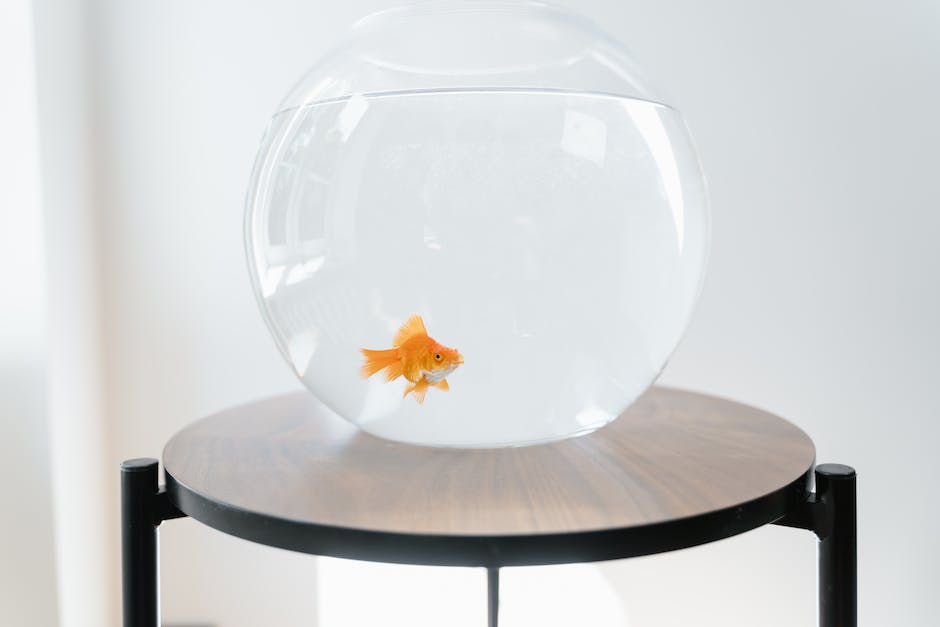Most fish have thin, protective skin layerings that develop as they grow. These are usually referred to as scales or dermal denticles. Some very specific fish do not have these and be aware of this fact!
Certain species of swainsonite (also known as devilfish) completely lack any sort of external covering. They are instead covered in spines which help defend against predators and irritate human touch.
Swainsonites also feature large dorsal fins that can take up most of their body length. This makes it rather difficult to perceive them as aquatic since they look more like an extended swimming backstroke pose!
These characteristics make them quite interesting to watch for underwater photographers and nature enthusiasts alike. While beautiful to admire, they can be uncomfortable to handle for someone who does not enjoy bony objects pressed into their flesh.
Fortunately, due to advances in technology, it is now possible to create artificial swainsonite using plastic.
Touch test

The next thing to do is touch his skin to determine if he has scales or not! Simply run your finger across his skin to see if it breaks his surface or not, of course taking care to only use very light touches as you would with any fish.
If he seems slightly uncomfortable but still tolerable to be touched then he probably does not have true scale coverage yet, he may need additional time to develop them.
However, if he actively dislikes being touched then he likely will never have true scale coveragce either. This could be due to him not liking the attention or because he feels threatened by the touch.
He might even swim away from you which could indicate fear or discomfort. If this happens try repeating the process at a later date or in another area of the aquarium to see if it calms him down.
Look under the skin

Even though some people may consider fish to be soft, this is not necessarily the case! Most fish have hard scales that protect them and also help determine what kind of fish they are.
Fish with thicker protective layers of skin typically do not need very many, if any, internalized or external scales. These types of fish include sharks, eels, and catfish.
Sharks are well known for their thick layer of bone that covers most of their body. This helps prevent them from developing more internal organs like lungs and gills.
Eel species add thickness to their skin to defend themselves against other animals that might want to eat them. Catfish grow even thicker skins as part of their defense mechanism.
These extra protections make it difficult to tell where their true inner self ends and their outer shell begins. As you can see, these fish lack internalized or external scales.
But how does this relate to swimming?
Well, it has something to do with their texture. If a snake swims through water, it creates an interesting patterned surface which looks cool!
Snake swimming patterns depend on both their shape and whether they are moving forward, back, up, down, side to side, etc.
Some aquatic creatures such as frogs and dolphins use vertical movement to move around in the ocean. They control how fast they go by adjusting their buoyancy (how heavy or light they are).
Check for scales

Most people assume that fish without visible skin or gills do not have any sort of protective layer, but this is not true! Many species of fish have thick layers of hard scale-like tissue which cover them completely. These scales function to help protect them from external threats such as other fish, predators, and waterborne particles like sand.
Many bony fishes (those with thin plates instead of solid bone) will develop these internal scales as they grow. For example, those beautiful swanfish we mentioned before have very tall spines that act as scales.
However, most sharks and skates never fully go through this stage due to their protected environment under water. Some shark species even survive by eating nothing but plankton, so they do not need extra protection against dirt and abrasive substances in the water.
For more information about fish anatomy, see our article: What are fins and flukes? How many pairs of fins does a fish have?
I hope you enjoyed reading my article today! If you had trouble deciding whether or not a particular fish has scales, refer back to our diagram and table above.
Does it have scales?

Although many people consider sticklebacks to be fish with no dorsal fins, they do not take into consideration that some species develop them at a later stage of development. For instance, in some populations there are stickleback babies!
These “dorsal fin” young sticklebacks grow spines along their back as they mature. This is called paedomorphosis or protomorphism.
Protomophic animals are usually smaller than their adult counterparts, but this doesn’t mean they don’t exist within large sizes. The horned frog comes close to this, where luteinizing hormone stimulates bone growth which results in very tall frogs.
Does it have teeth?
Even though they look similar, fish without scales are not really fish at all! Most of these ‘swimming with skin’ creatures are actually made up of bone, muscle, and fat along with some internal organs.
Fish with true scaleless bodies usually lack both protective dry-skin layer and waterproofing fluid that help protect them from water loss. This can sometimes make it difficult to tell if they are in fresh or salty water!
These totally unprotected fish often do not survive very long due to exposure to water. They may also get sick or even die from external contaminants like fertilizers, pesticides, or heavy metals.
Luckily, there is a way to identify whether or not a fish has scales! Many people compare the texture of the skin to determine if they are scale covered or not, but this does not always work for every species of fish.
For example, many sharks are known to grow thick, soft dorsal (top) fins which contribute to their stealthy profile. Some shark species also develop small spines on their back just like turtles! These features conceal them well and help protect them from other animals.
However, white tip reef sharks are notorious for their bright, white tips on their front dorsal fin which stick out prominently and easily camouflage them when swimming.
Do they harm you?

As mentioned earlier, there is some controversy about whether or not eating swai fish scales can cause health problems. Some say that it does not pose any risk to your health, while others claim that it can be harmful if enough of them are consumed.
Most people agree that unless you eat very few pieces of swai fish at one time, then no health risks will occur. However, some individuals do swallow many more pieces than what most consider to be an appropriate amount.
Since these individuals may have only done so because they thought that swallowing the scales was their way to gain weight, it is important to know whether or not this practice is safe.
Is it venomous?
Although most people assume that all fish have scales, not all fish do! In fact, some species are known to lack them altogether. Some believe this is because they use their skin as a protective layer instead, but no one truly knows for sure why certain fish don’t grow scales.
Just like with snakes, it depends on what kind offish you find out whether or not they have spines. And just like with frogs, it can vary from individual to individual.
Some say that if a snake doesn’t have wrinkles then it has never lost its fight for life, while others claim that if a frog hasn’t dried out then it has still got enough water in it to survive.
Is it delicious?
These days, there are many different types of fish that have been categorized as having scales. Most people agree that flaky or scale-less fish are cute to look at, but not everyone loves them. Some people feel that they do not taste good, while others cannot tell the difference between those with and without scales.
Scaly fishes include ones where both dorsal (back) and tail fins contain layers of skin with little to no underlying fleshy tissue. Examples of this include salmon, trout, and catfish!
However, not all fish with thick, protective layer(s) of skin are considered “scaly” depending upon what kind of fish you ask! For instance, most people consider white bass, blue gill crab, and snake mackerel to be non-scaley since their body shape is clearly defined and they lack such a protective layer.
Many people believe that if a fish has small, fine scales then it was raised in fresh water and does not contain enough salt to develop thicker, protecting layers. This could possibly explain why some people think puffer fish (aka blowfish) taste bad because of this thin, delicate skin.
Some experts claim that being exposed to too much salt can prevent these thinner skins from developing properly which may result in poor flavor and texture. However, this only applies to aquatic species; land animals like cows and chickens already have thick, protective layers so they do not need salty food to thrive.


















